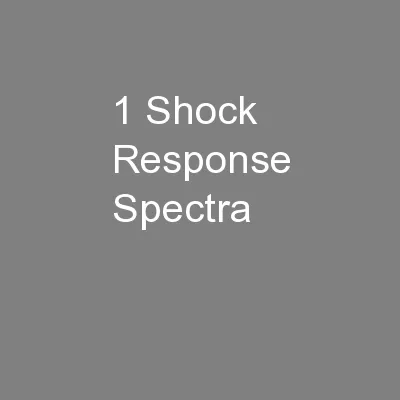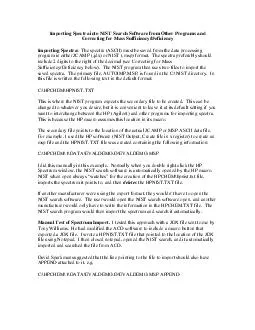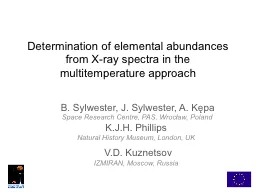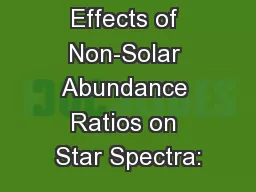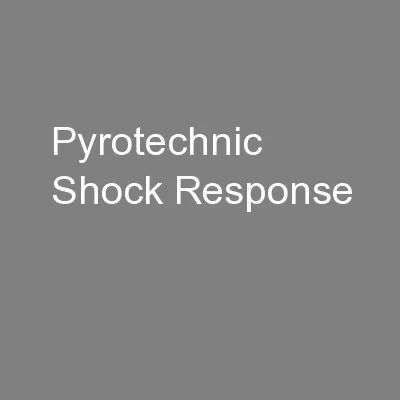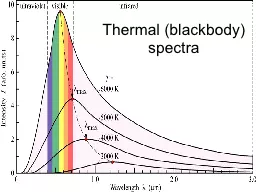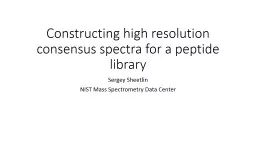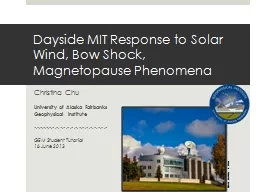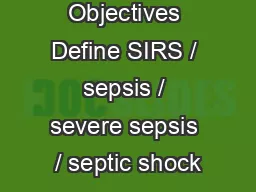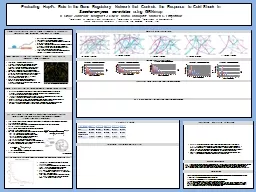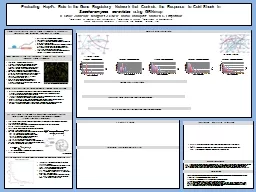PPT-1 Shock Response Spectra
Author : pamella-moone | Published Date : 2016-08-15
amp Time History Synthesis By Tom Irvine 83rd Shock and Vibration Symposium 2012 This presentation is sponsored by NASA Engineering amp Safety Center NESC Dynamic
Presentation Embed Code
Download Presentation
Download Presentation The PPT/PDF document "1 Shock Response Spectra" is the property of its rightful owner. Permission is granted to download and print the materials on this website for personal, non-commercial use only, and to display it on your personal computer provided you do not modify the materials and that you retain all copyright notices contained in the materials. By downloading content from our website, you accept the terms of this agreement.
1 Shock Response Spectra: Transcript
Download Rules Of Document
"1 Shock Response Spectra"The content belongs to its owner. You may download and print it for personal use, without modification, and keep all copyright notices. By downloading, you agree to these terms.
Related Documents

